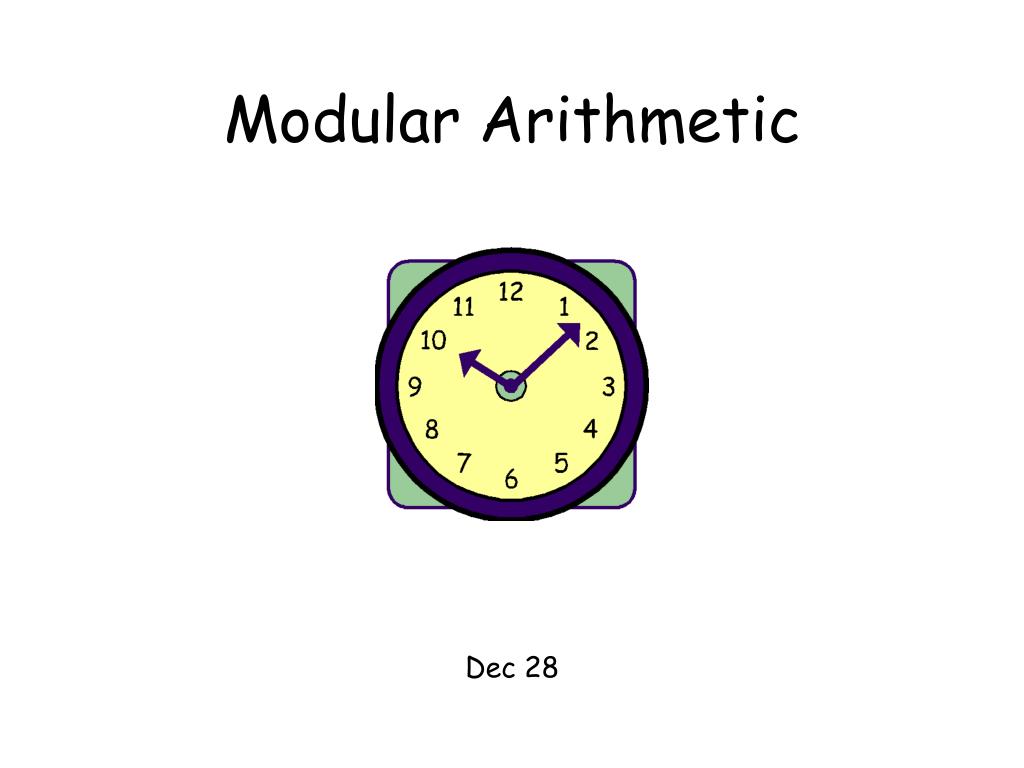Day 12: Modular Arithmetic and Recursive Power Calculation
 Pranav Sharma
Pranav Sharma
Welcome back to Day 12 of our 100-day DSA challenge! Today, we delved into a fascinating problem that involved dealing with numbers raised to the power of their reverse, all the while ensuring that the results didn't lead to integer overflow. The solution lies in employing modular arithmetic and a clever recursive approach.
Understanding the Problem
The task was to compute a number raised to the power of its reverse while considering the magnitude of the outcome. To avoid exceeding the integer limits, we used modular arithmetic with a prime number, specifically 10^9 + 7.
The Solution Breakdown
Let's dissect the code to unravel its intricacies:
class Solution {
public:
long long mod = 1e9+7;
long long power(int N, int R) {
// Base case
if (R == 0) {
return 1;
}
if (R == 1) {
return N;
}
// Precomputation
long long p = (power(N, R/2)) % mod;
if (R % 2 == 0) {
return (p * p) % mod;
} else {
p = (p * p * N) % mod;
return p;
}
}
};
Base Case Handling: The code checks for the base cases where the function returns 1 if the power is 0, and it returns the number itself if the power is 1.
Precomputation and Recursive Logic: It utilizes a recursive approach to calculate the power. It computes the value of
p = (power(N, R/2)) % modto find the power ofNraised toR/2. The modulomodhelps manage large numbers efficiently.Modulo Arithmetic Implementation: The code employs modulo arithmetic throughout to avoid integer overflow. If the power
Ris even, it returns(p * p) % mod. IfRis odd, it calculatesp = (p * p * N) % modand then returnsp.
Importance of Modulo Arithmetic and Recursion
The use of modulo arithmetic is paramount in dealing with large numbers efficiently. This method constrains the results within a specified range, curbing the risk of integer overflow.
The recursive nature of the solution allows the problem to be broken down into smaller subproblems until it reaches the base cases. This divide-and-conquer strategy aids in efficiently calculating the power while keeping the code concise and elegant.
Conclusion
Day 12 provided us with an opportunity to explore the significance of modular arithmetic in preventing integer overflow. Understanding its application in algorithmic problem-solving, especially when dealing with large numbers, is a valuable skill in competitive programming.
The synergy of modular arithmetic and a recursive approach brought forth an elegant solution to this mathematical problem, ensuring both accuracy and efficiency.
Stay tuned for more exciting challenges ahead in our DSA journey! Keep coding and exploring the wonders of algorithms and data structures. See you on Day 13!
Subscribe to my newsletter
Read articles from Pranav Sharma directly inside your inbox. Subscribe to the newsletter, and don't miss out.
Written by

Pranav Sharma
Pranav Sharma
Passionate Tech Enthusiast | Embracing the Power of DSA, Python Libraries, and Innovative Projects 🚀🔬 Welcome to my profile! 👋 As a tech enthusiast, I'm constantly fueled by curiosity and a thirst for knowledge. I thrive on exploring the ever-evolving landscape of new technologies and pushing the boundaries of what's possible. 👨💻 My Expertise: 💡 DSA in C++: Currently diving deep into the world of Data Structures and Algorithms in C++. Strengthening my problem-solving skills and optimizing code efficiency are my top priorities. 🐍 Python Libraries: I'm well-versed in utilizing various Python libraries like OpenCV, NumPy, and Pandas to develop innovative solutions. Leveraging the power of these libraries, I'm shaping ideas into reality. 🎮 Projects: I've had the pleasure of working on exciting projects, including building a Brick Breaker game using Java frameworks, crafting unique Android apps, and even developing a hand recognition model using Python and OpenCV. 🌟 My Approach: I believe in continuous learning and hands-on experience. By embracing real-world challenges and experimenting with cutting-edge technologies, I'm constantly expanding my skill set and nurturing my passion for technology. 📚 Lifelong Learner: I'm always on the lookout for opportunities to enhance my knowledge and keep up with the rapid pace of the tech industry. Staying updated with the latest trends and breakthroughs enables me to stay ahead of the curve. 🤝 Let's Connect: I'm eager to connect with fellow tech enthusiasts, industry professionals, and like-minded individuals who share my love for technology. Let's collaborate, exchange ideas, and inspire each other to reach new heights! ✉️ Feel free to reach out to me for exciting discussions, project collaborations, or any tech-related queries. Together, we can create something remarkable and make a positive impact in the world of technology. #TechEnthusiast #DataStructures #Algorithms #Python #OpenCV #NumPy #Pandas #ProjectDevelopment #LifelongLearner